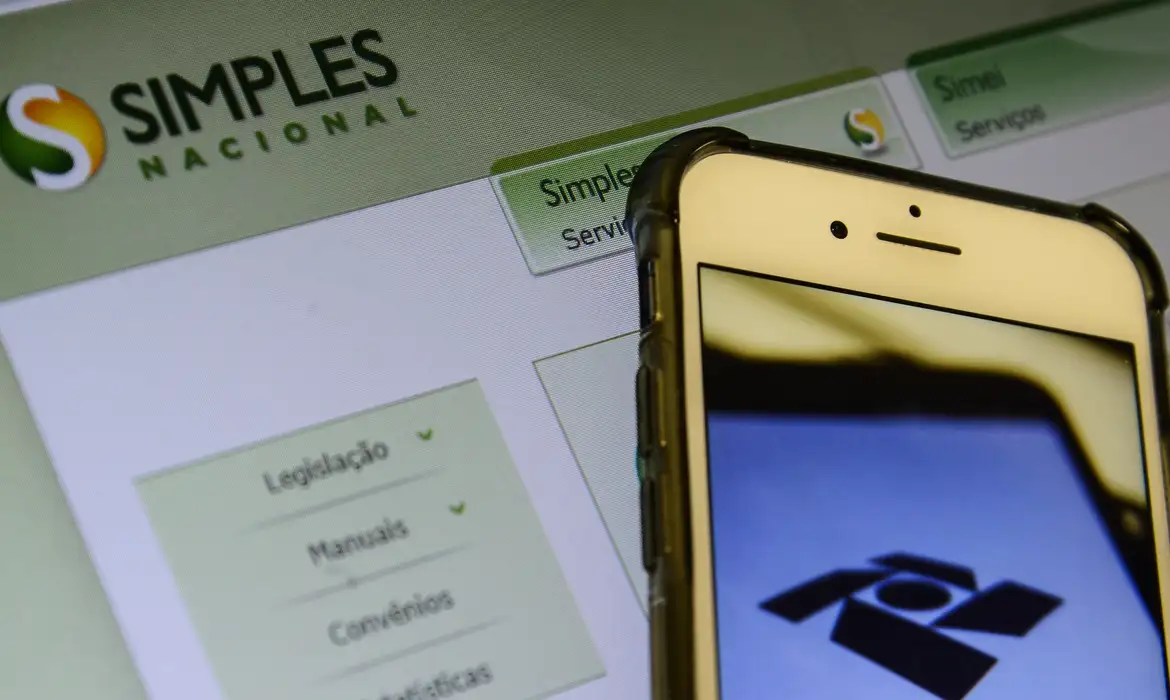Automotive package: expert praises program, but questions deadline




Professor of economics at Ibmec, Gilberto Braga praises the program, but questions the limited period of four months and the amount of R$ 1.5 billion, which he considers low.
“The ideal would be for the program to have a longer term so that the effect would be more lasting”, says Braga. According to him, the automotive sector still has great weight in the economy and in job creation and would demand more attention at this time of high interest rates and credit restrictions.
According to the professor, in the truck and bus sector, the limited period of the program can have the opposite effect, resulting in the indebtedness of carriers and drivers without financial reserves and who will be pressured to make a quick decision on fleet renewal.
“A truck has a very long service life. Therefore, a decision with an impact on an entire productive life cannot be taken in a short period of time”, he assesses.
Format
The professor praised the format of the program, especially the decision to combine social and environmental criteria and the weight of a certain brand of vehicle in the industry to establish discounts, which range from R$ 2,000 to R$ 8,000. According to him, the package is in the right direction, but it would need to be expanded to have a lasting effect on the automotive industry.
“I consider the package positive because it accumulates different elements that meet the demands of an important sector for the economy, which still has highways as its main modal axis”, says Braga.
The granting of discounts is based on a scoring system that evaluates three criteria. Low prices (to prioritize popular models), anti-polluting equipment (to encourage the purchase of models that pollute less) and generation of jobs in the industry and use of national parts (to reward brands with greater weight in the national industry).
For buses and trucks, the discount is linked to the commitment to send vehicles over 20 years old for recycling, requiring proof that the buyer sent the old vehicle for dismantling.
tax credits
Constituted in the form of tax credits (discount on future taxes), the aid package will consume R$ 1.5 billion – R$ 700 million for trucks, R$ 500 million for cars and R$ 300 million for buses and vans. Unlike previous programs, in which the government reduced the Tax on Industrialized Products, but had no guarantee that manufacturers would pass on the discount, the new package encourages dealerships to sell cheaper and pass on the tax credit to the industry.
Director of the Independent Fiscal Institution (IFI), an advisory body of the Senate that carries out economic analyses, economist Vilma Pinto says that the tax credit system represents a novelty. She considers the volume of R$ 1.5 billion low compared to total government revenues (estimated at R$ 1.911 trillion by the Ministry of Planning). However, she says that the package goes in the opposite direction of the new fiscal framework.
“In fact, there will be no fiscal impact due to the partial re-encumbrance of diesel (which will have PIS and Cofins increased by R$ 0.11 in three months), but this R$ 1.5 billion for the program, whose impact has been neutralized at the moment, it may be needed in the future because the government is committed to seeking revenue to meet the ambitious goals proposed in the new framework”, comments the IFI director.
According to Vilma Pinto, the agency has not yet calculated how much jobs the program should generate or the impact on the Gross Domestic Product (GDP, sum of goods and services produced). With regard to inflation, she says that the impact of the increase in diesel prices on price indices may be low because of cheaper vehicles.
collective transport
Initially restricted to popular cars, the program attracted criticism from environmentalists because it did not have measures to encourage public transport. The decision to include the renovation of buses, trucks and vans, says Professor Gilberto Braga, reinforced an environmental character to the program. According to him, a longer duration for the renewal of heavy vehicles would favor the energy transition, even stimulating, at this moment, the purchase of vehicles powered by diesel.
According to the professor, the ideal would be for the short-term incentive to be reconciled with an industrial policy for the production of electric vehicles. “The transition to electric vehicles is gradual. Right now, it’s burdensome for the public. As long as the prices of electric or hybrid cars do not fall, traditional cars will continue to be competitive ”, he points out. “In fact, I don’t see how it would be possible to give up the traditional production chain of the automotive industry, which is one of the pillars of the country’s economy.”
The teacher cites the example of the Renault Kwid model. According to Braga, while the traditional version costs around R$ 60,000 (including the package discount), the electric version costs R$ 140,000. “This is the cheapest electric car in Brazil at the moment, inaccessible to the majority of the population”, he points out.
Foto de © Rovena Rosa/Agência Brasil
Economia,Pacote automotivo,Ministério da Fazenda





